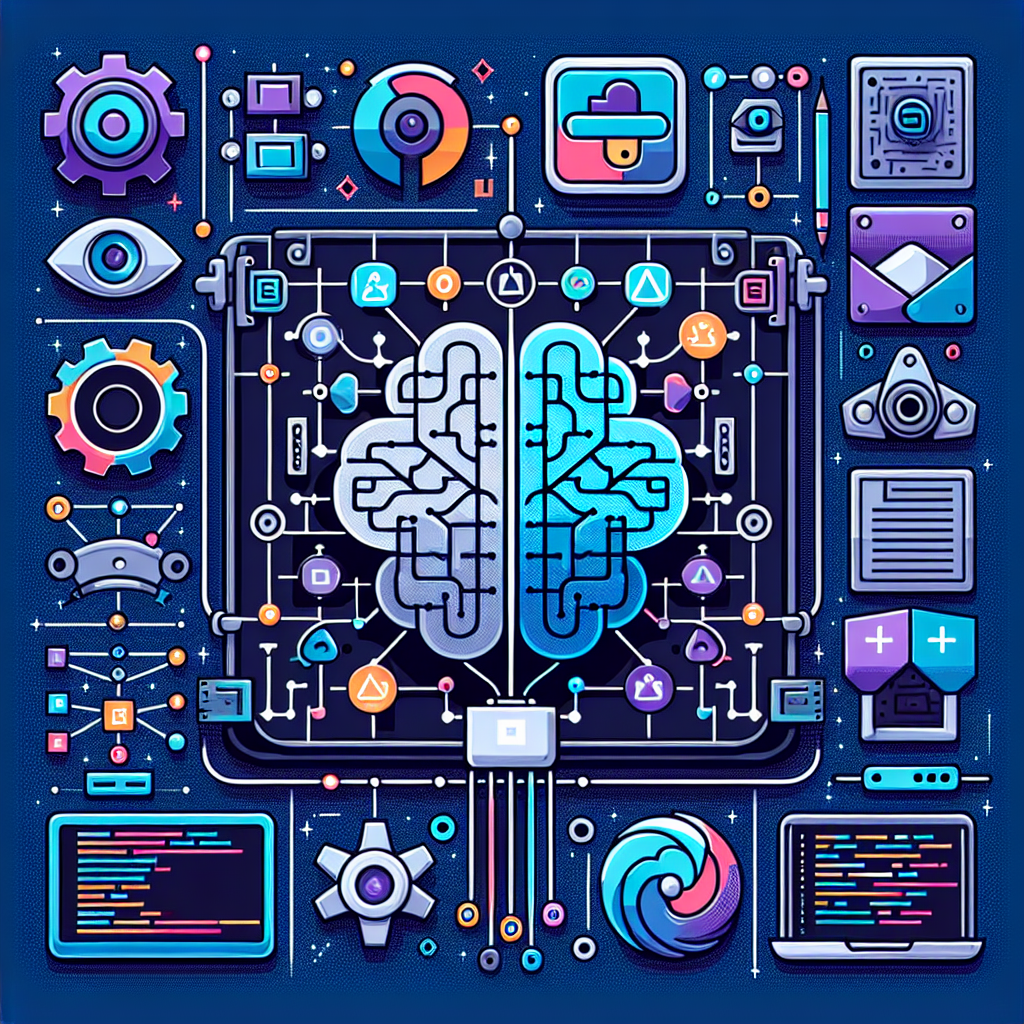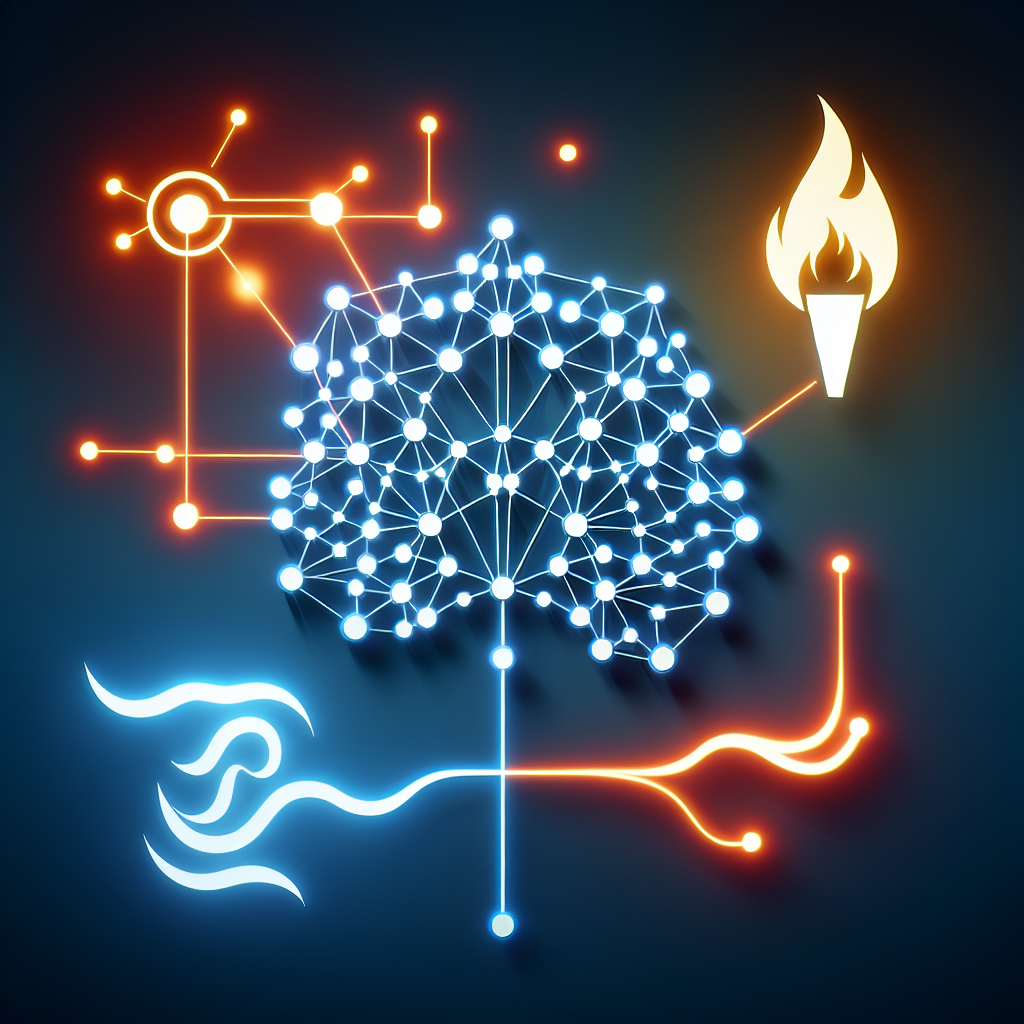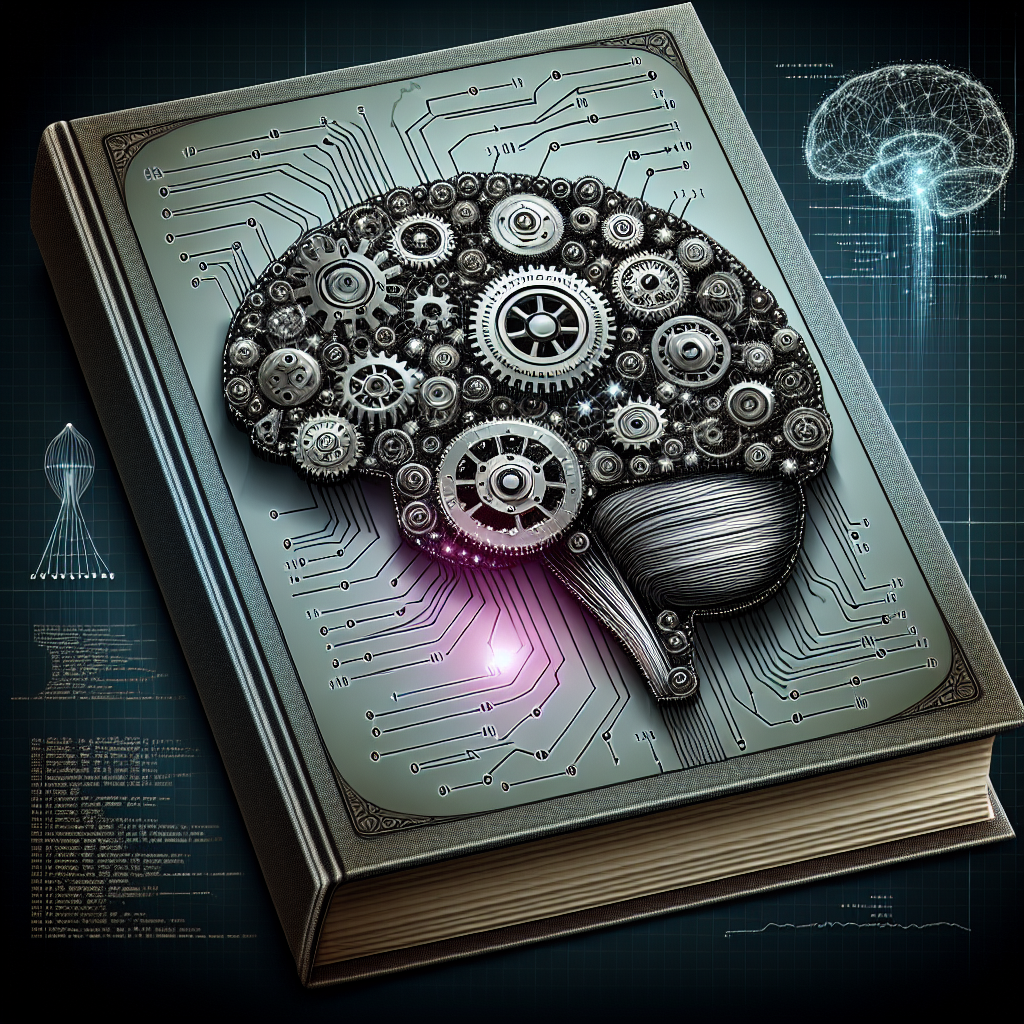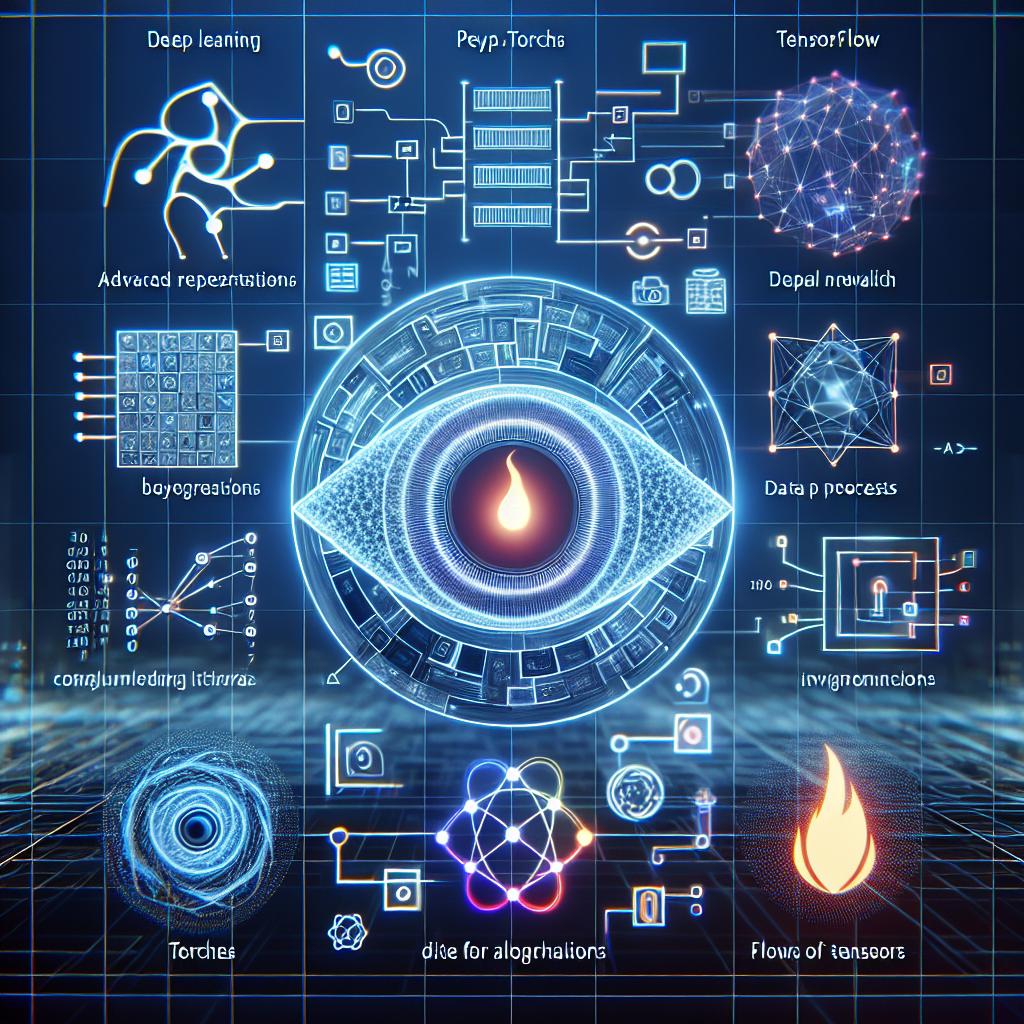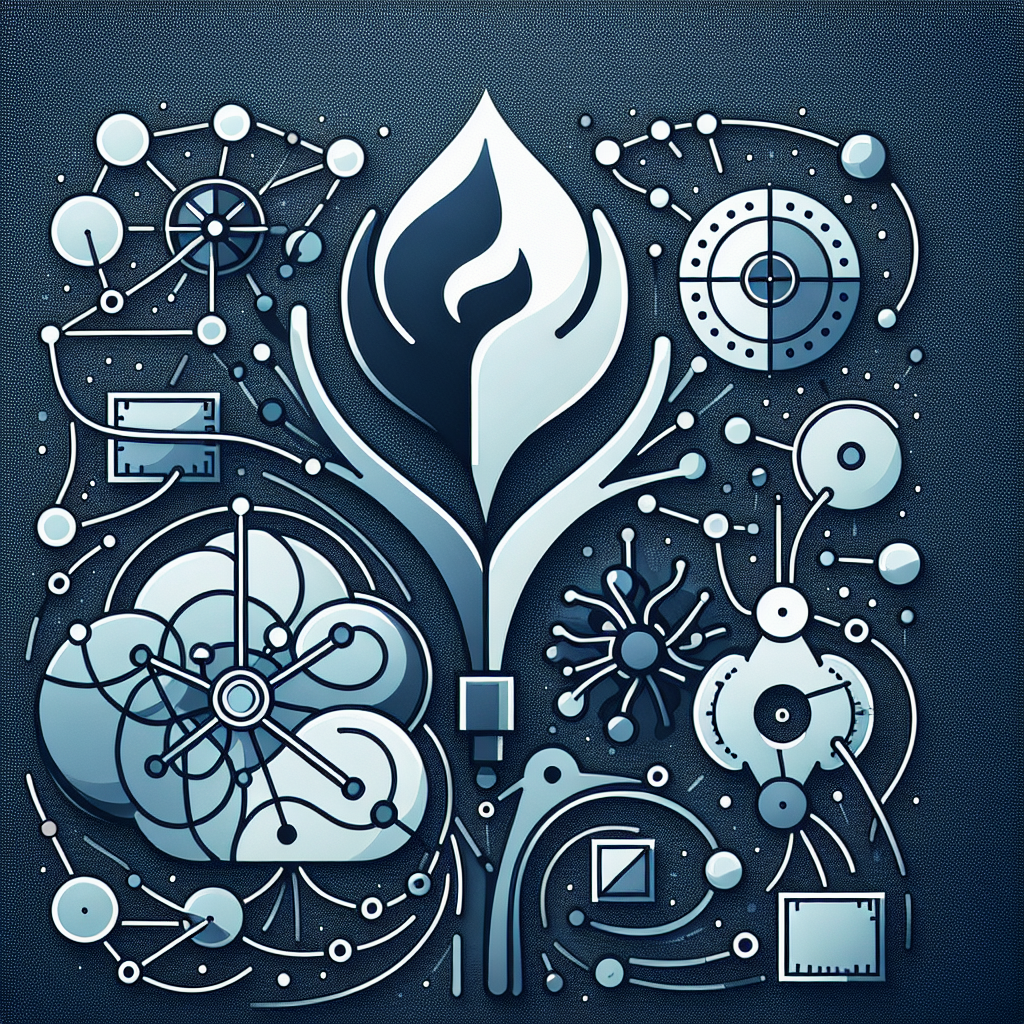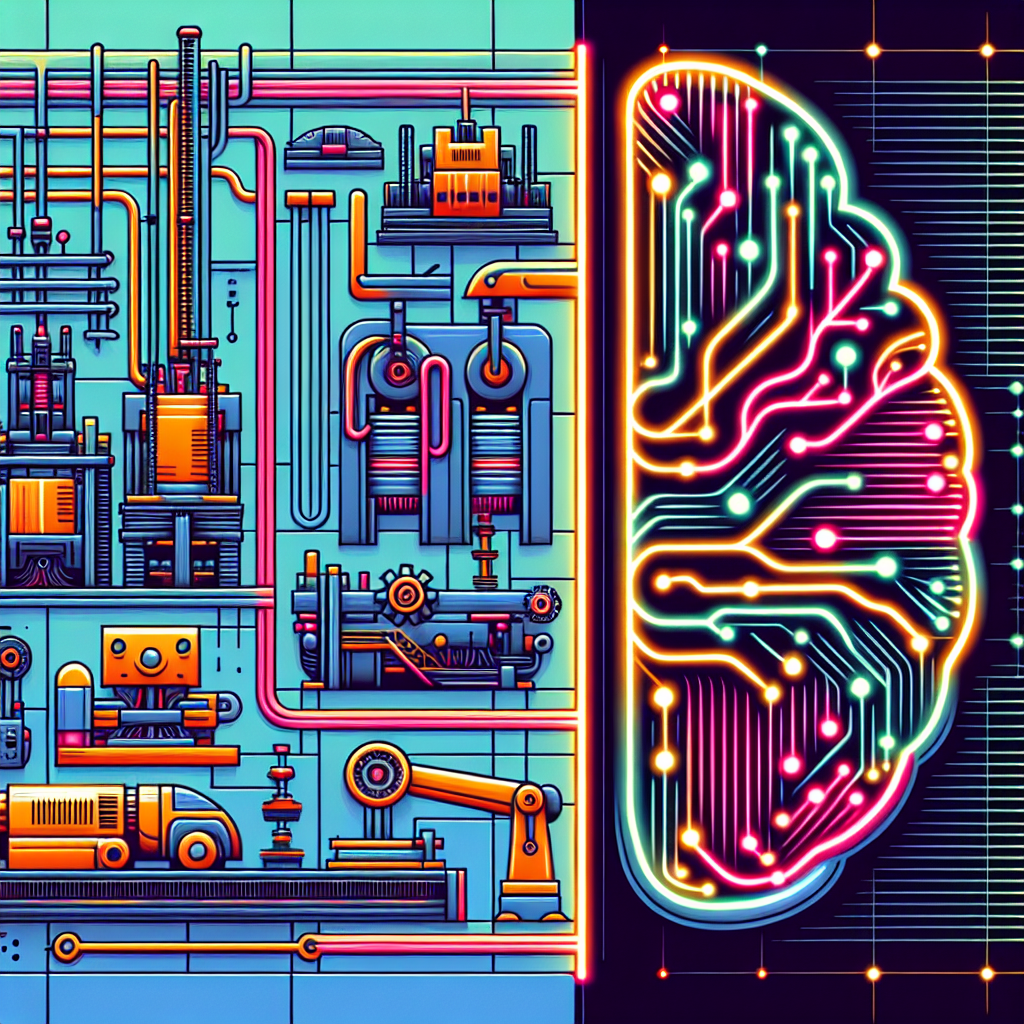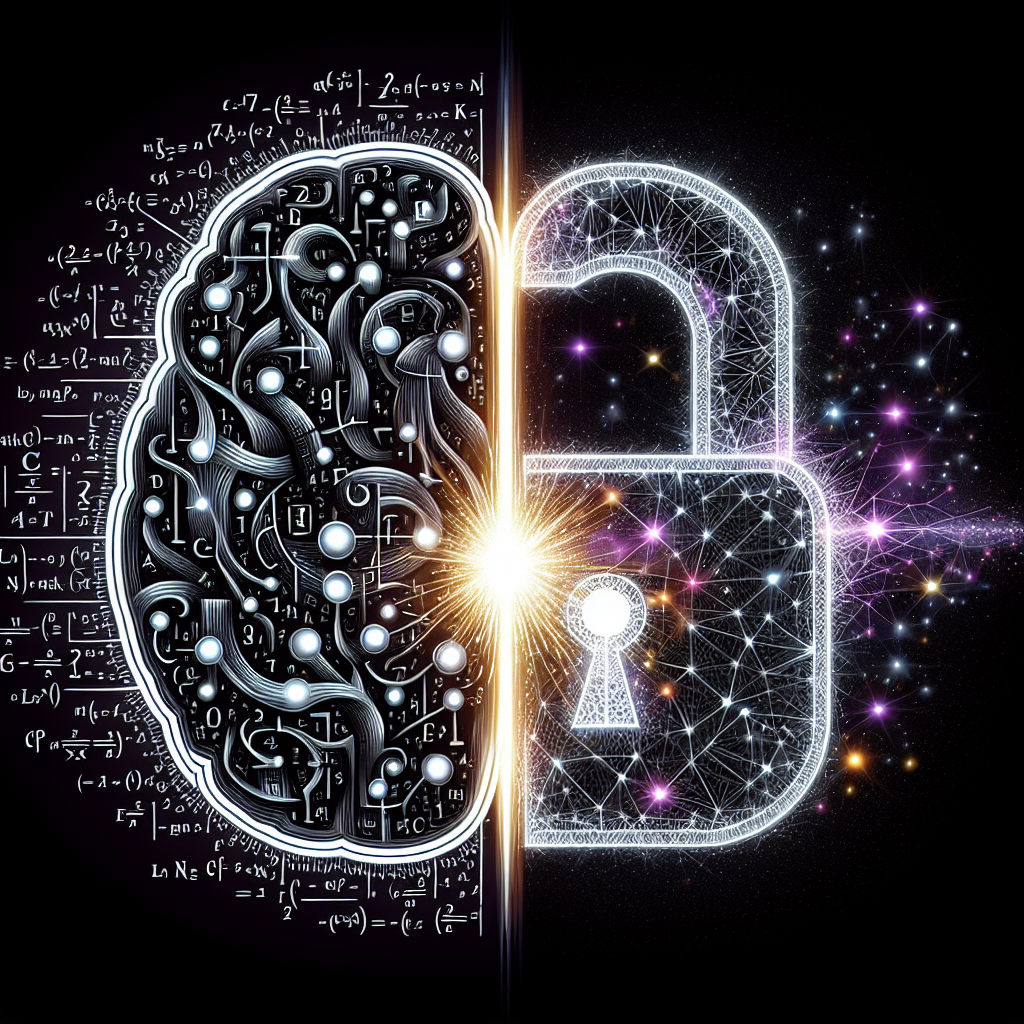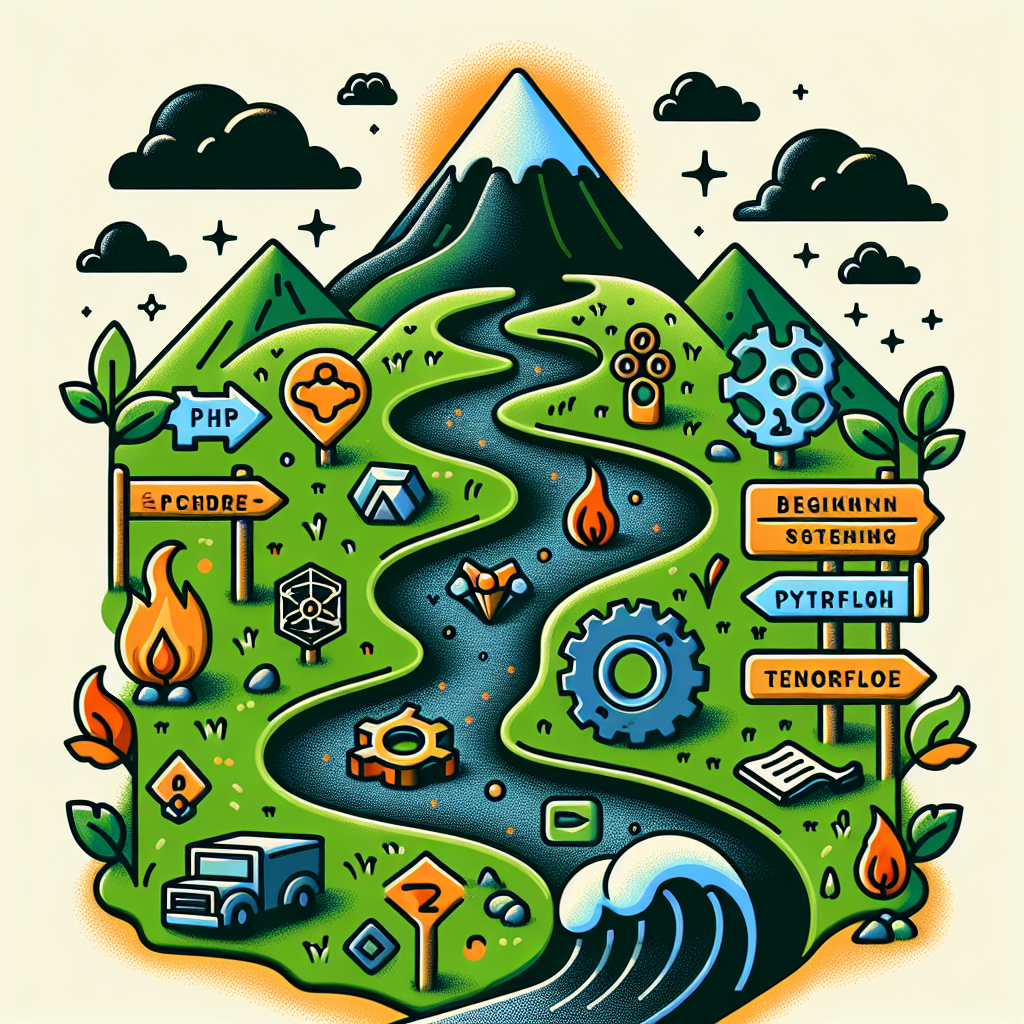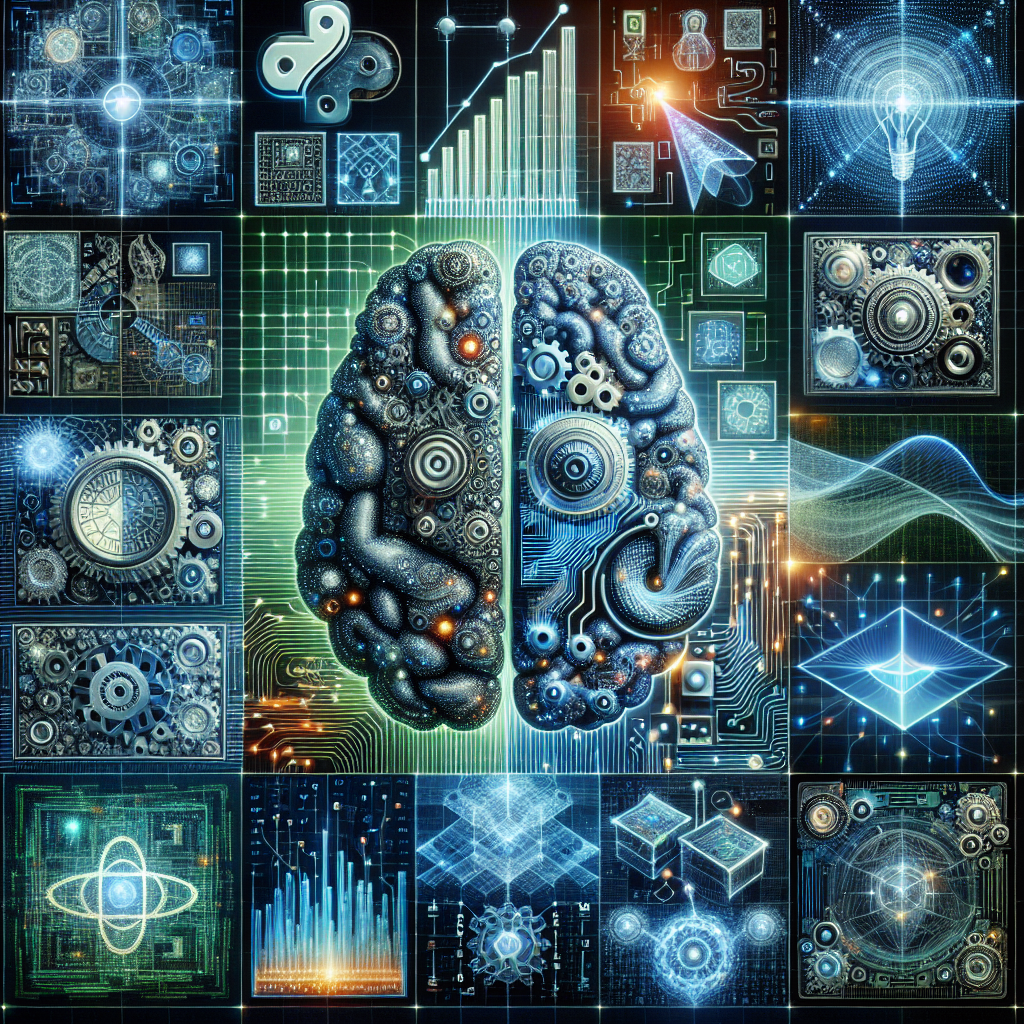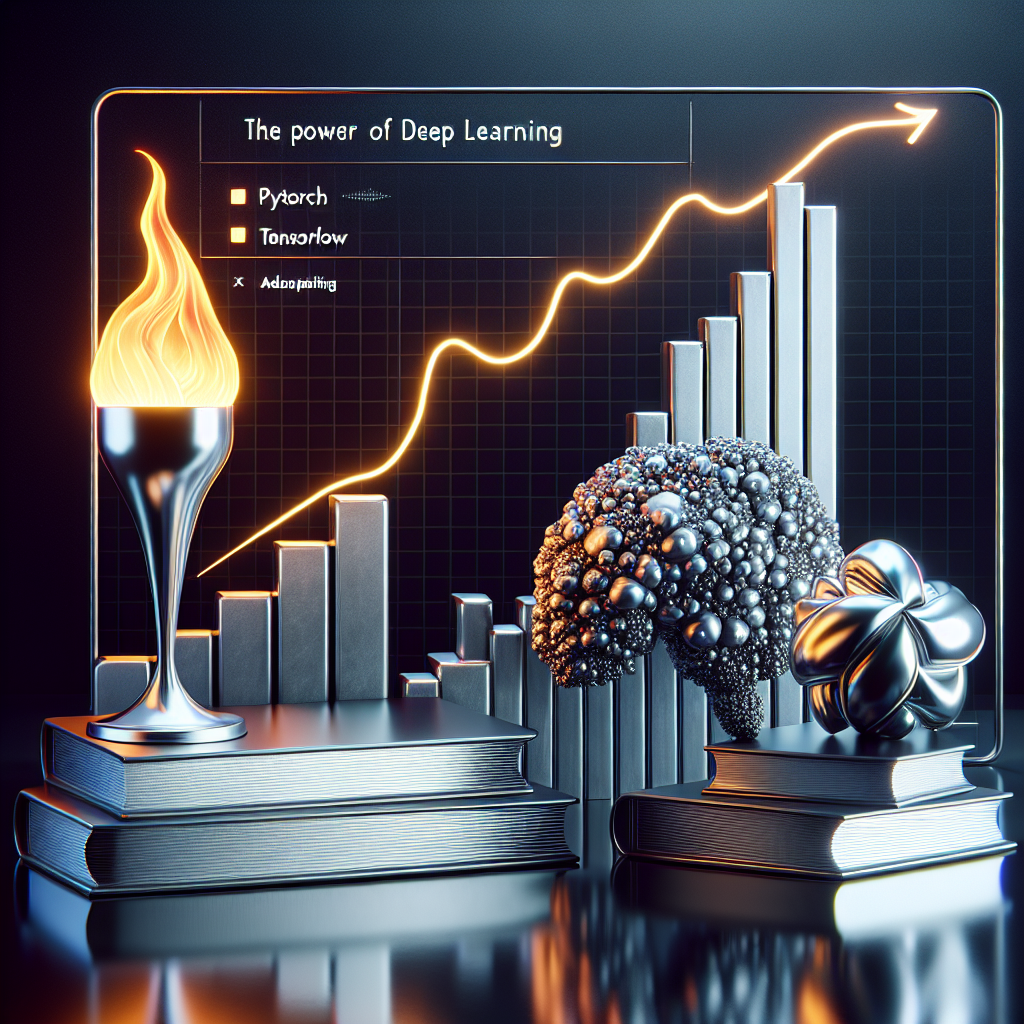Deep learning has revolutionized the field of artificial intelligence, enabling machines to learn complex patterns and make decisions without being explicitly programmed. Convolutional Neural Networks (CNNs) have been at the forefront of this revolution, driving advances in image recognition, natural language processing, and many other domains.
In this article, we will explore the power of deep learning and how to build machine learning systems using CNNs in two popular frameworks: PyTorch and TensorFlow.
PyTorch and TensorFlow are open-source deep learning libraries that provide high-level APIs for building and training neural networks. They both support CNNs and offer a range of tools and utilities for creating sophisticated models.
To unlock the power of deep learning with CNNs, it is essential to understand the core concepts and building blocks of these networks. CNNs are a type of neural network that is specifically designed for processing grid-like data, such as images. They consist of multiple layers, including convolutional layers, pooling layers, and fully connected layers, that work together to extract features and make predictions.
In PyTorch and TensorFlow, building a CNN typically involves defining the network architecture, specifying the layers and parameters, and then training the model on a dataset. Both frameworks provide a flexible and intuitive API for constructing CNNs, allowing users to easily experiment with different architectures and hyperparameters.
Training a CNN involves feeding input data through the network, computing the output predictions, and then adjusting the network parameters to minimize the error. This process is known as backpropagation and is facilitated by automatic differentiation, a key feature of both PyTorch and TensorFlow.
Once a CNN has been trained, it can be used to make predictions on new data and perform tasks such as image classification, object detection, and semantic segmentation. With the power of deep learning, CNNs can achieve state-of-the-art performance on a wide range of tasks, surpassing traditional machine learning techniques.
In conclusion, unlocking the power of deep learning with CNNs in PyTorch and TensorFlow requires a solid understanding of neural networks, as well as proficiency in using these frameworks. By mastering the fundamentals of deep learning and exploring the capabilities of CNNs, developers can build sophisticated machine learning systems that push the boundaries of AI technology.
#Unlocking #Power #Deep #Learning #Building #Machine #Learning #Systems #CNNs #PyTorch #TensorFlow,understanding deep learning: building machine learning systems with pytorch
and tensorflow: from neural networks (cnn
